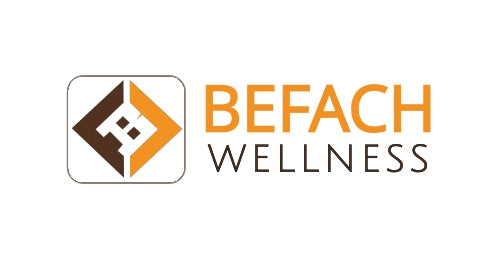
Fortification Explained: More Than Meets the Eye
Share
When you hear the word fortification, you might think of adding nutrients to food. But it’s more than that—it’s a public health strategy to fight hidden hunger and improve long‑term wellness. At Befach, we believe fortified foods are the future of nutrition in India and beyond.
What is Food Fortification?
According to the Food Safety and Standards Authority of India (FSSAI), fortification is the addition of essential vitamins and minerals to staple foods to improve their nutritional quality. It helps address widespread deficiencies of iron, folic acid, vitamin A, vitamin D, and iodine.
Examples of Fortified Foods in India
- Fortified Rice – Enriched with iron, folic acid, and vitamin B12
- Fortified Wheat Flour (Atta) – Contains iron, folic acid, and vitamin B12
- Fortified Edible Oil – Fortified with vitamins A and D
- Double Fortified Salt – Contains iodine and iron
- Packaged Foods – Snacks and beverages with added micronutrients
Why Fortification Matters
India faces a high burden of micronutrient deficiencies. Fortification is a cost‑effective, scalable solution to improve nutrition. Initiatives like POSHAN Abhiyaan and Ministry of Health & Family Welfare programs make fortification a national priority.
Fortification: More Than Meets the Eye
Beyond nutrition, fortification:
- Improves public health outcomes
- Supports food security for vulnerable populations
- Boosts economic productivity by reducing malnutrition
- Aligns with global health goals (WHO & UNICEF recommendations)
How Befach Supports Fortified Foods
At Befach, we make fortified foods accessible through:
- Sourcing fortified rice, wheat, and oils
- Logistics and supply chain management
- Customs clearance for fortified imports
- Consultation for businesses and families
Quick Summary
Food fortification is more than adding nutrients—it’s a public health solution to fight hidden hunger. With FSSAI standards, POSHAN Abhiyaan, and Befach’s sourcing, logistics, and clearance expertise, fortified foods are set to transform India’s nutrition landscape.
